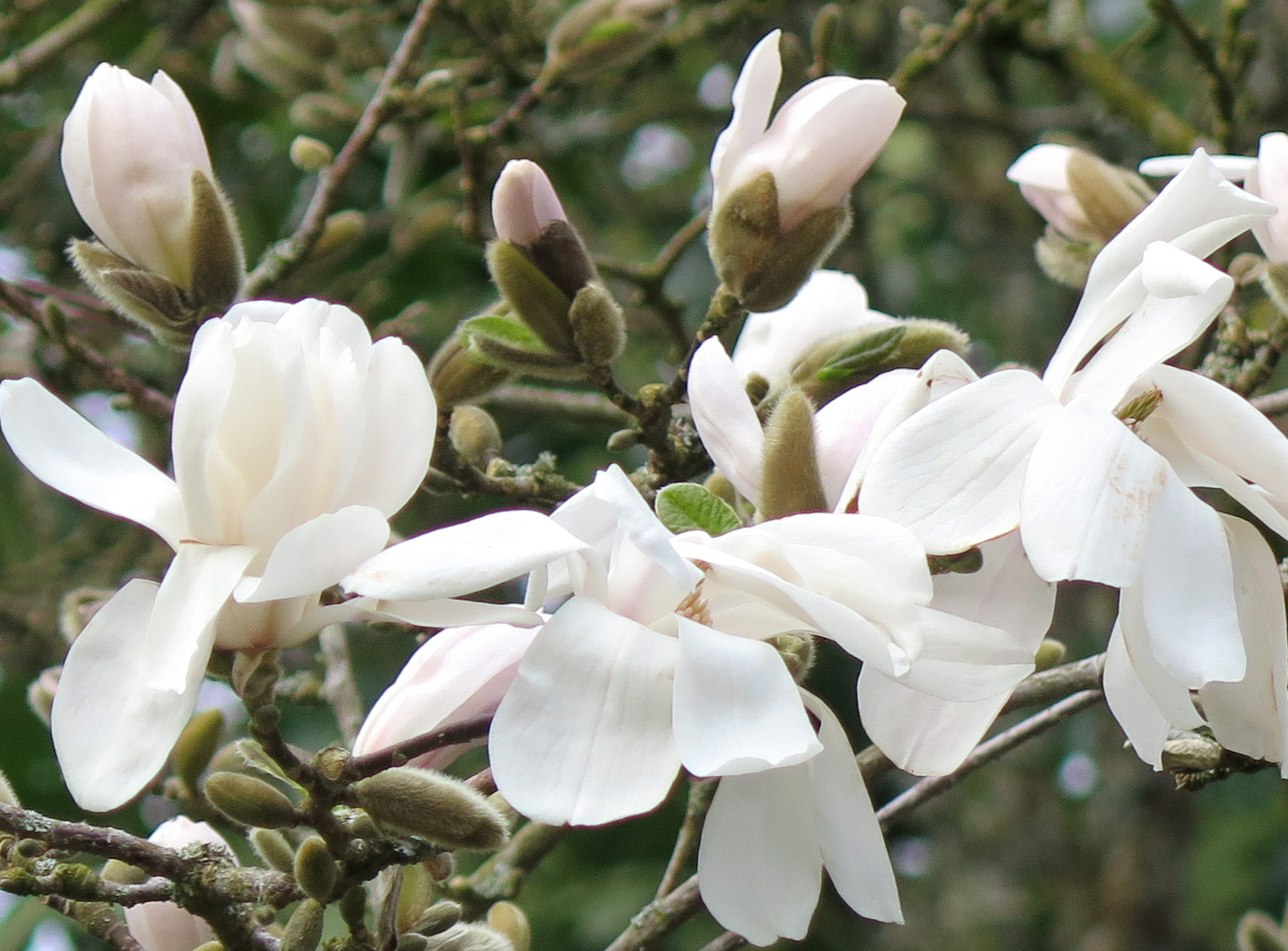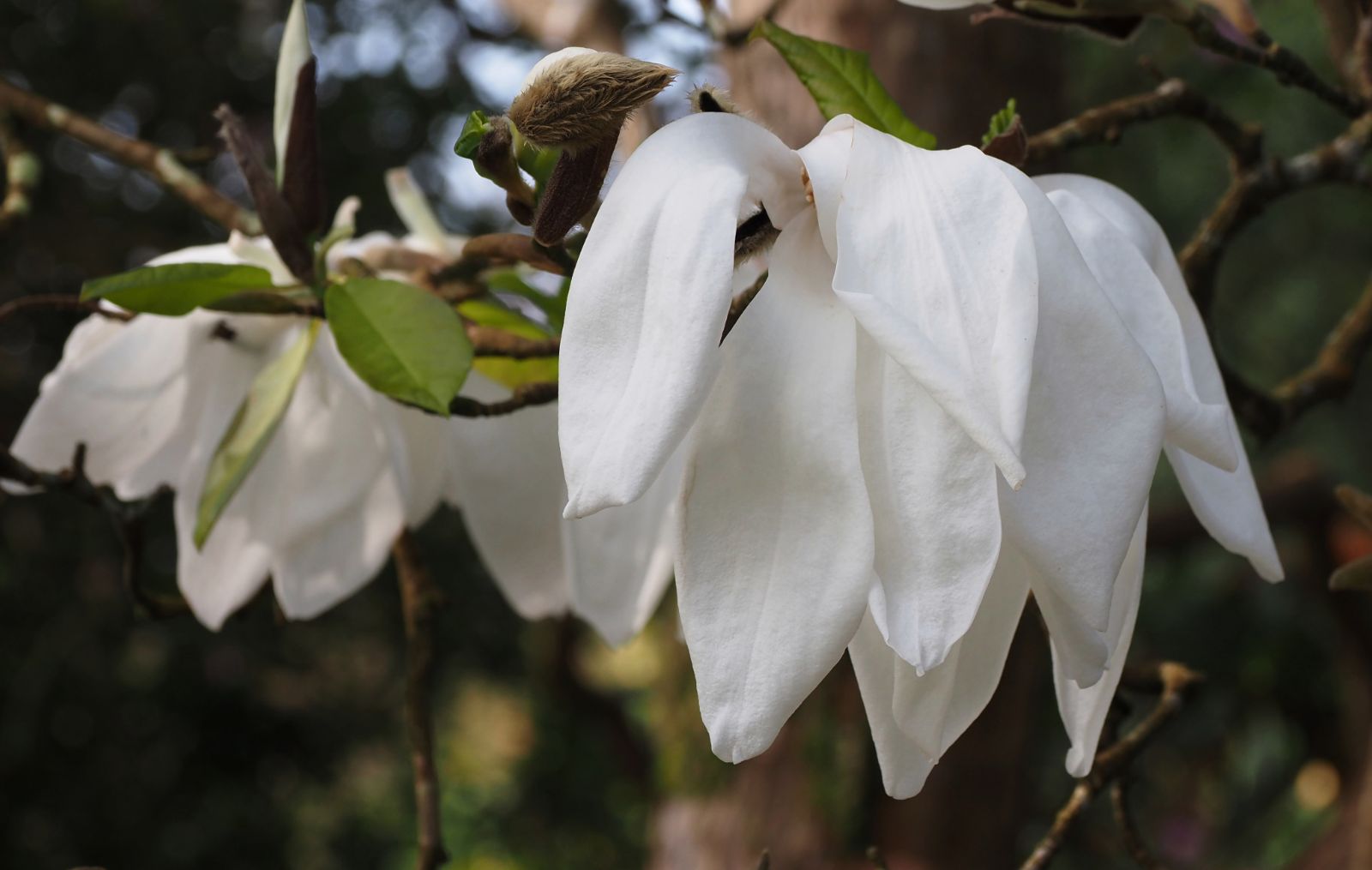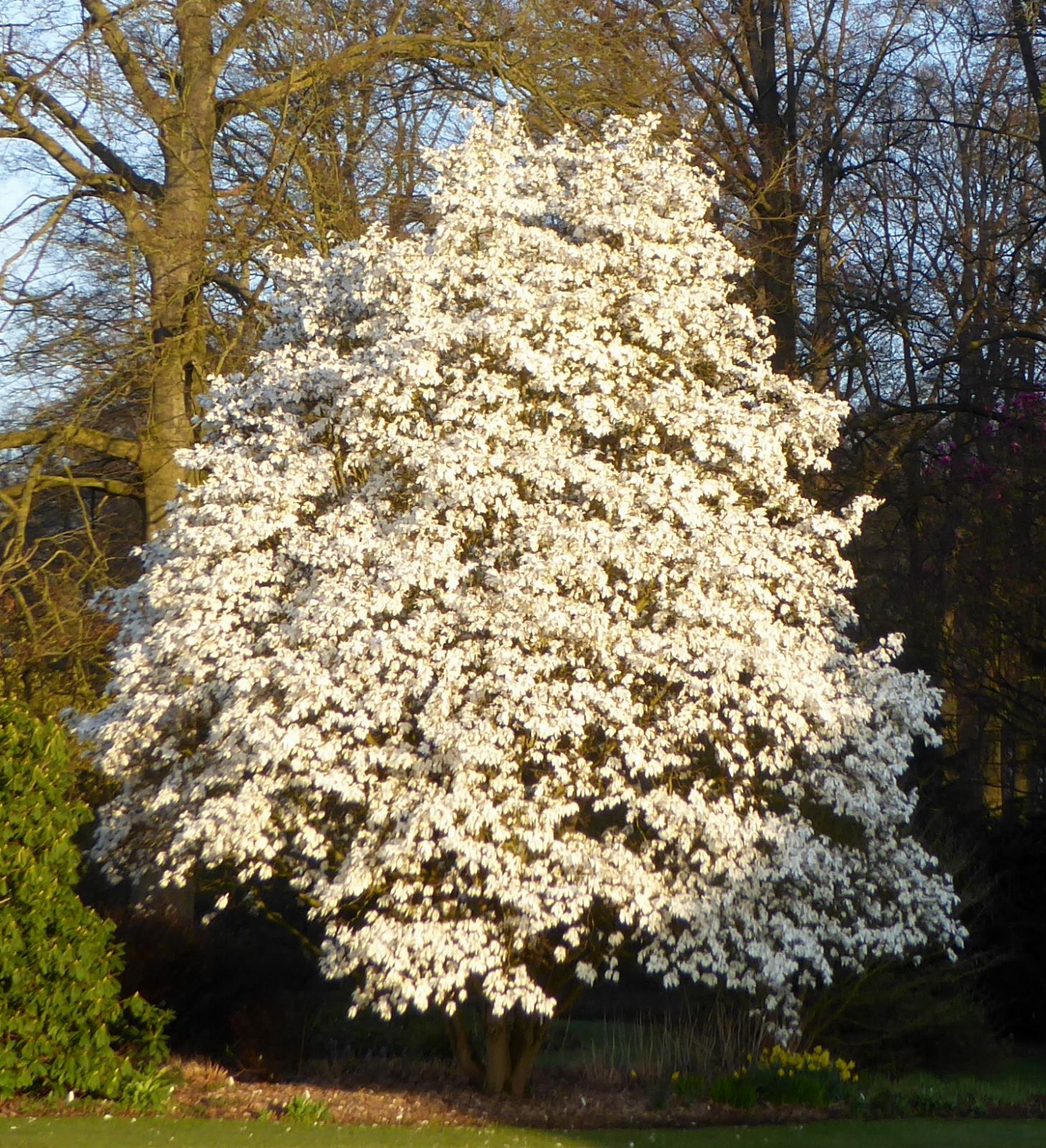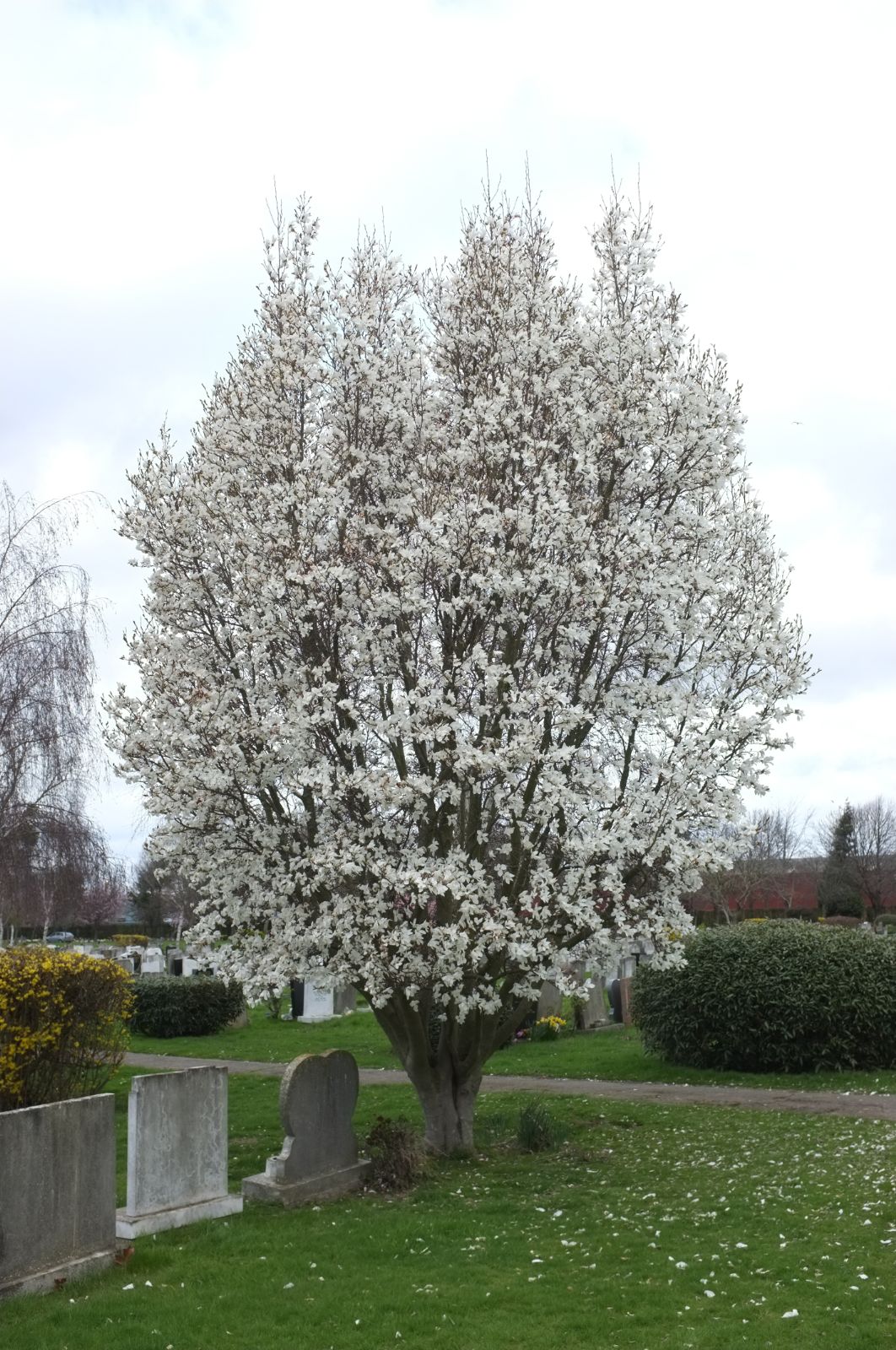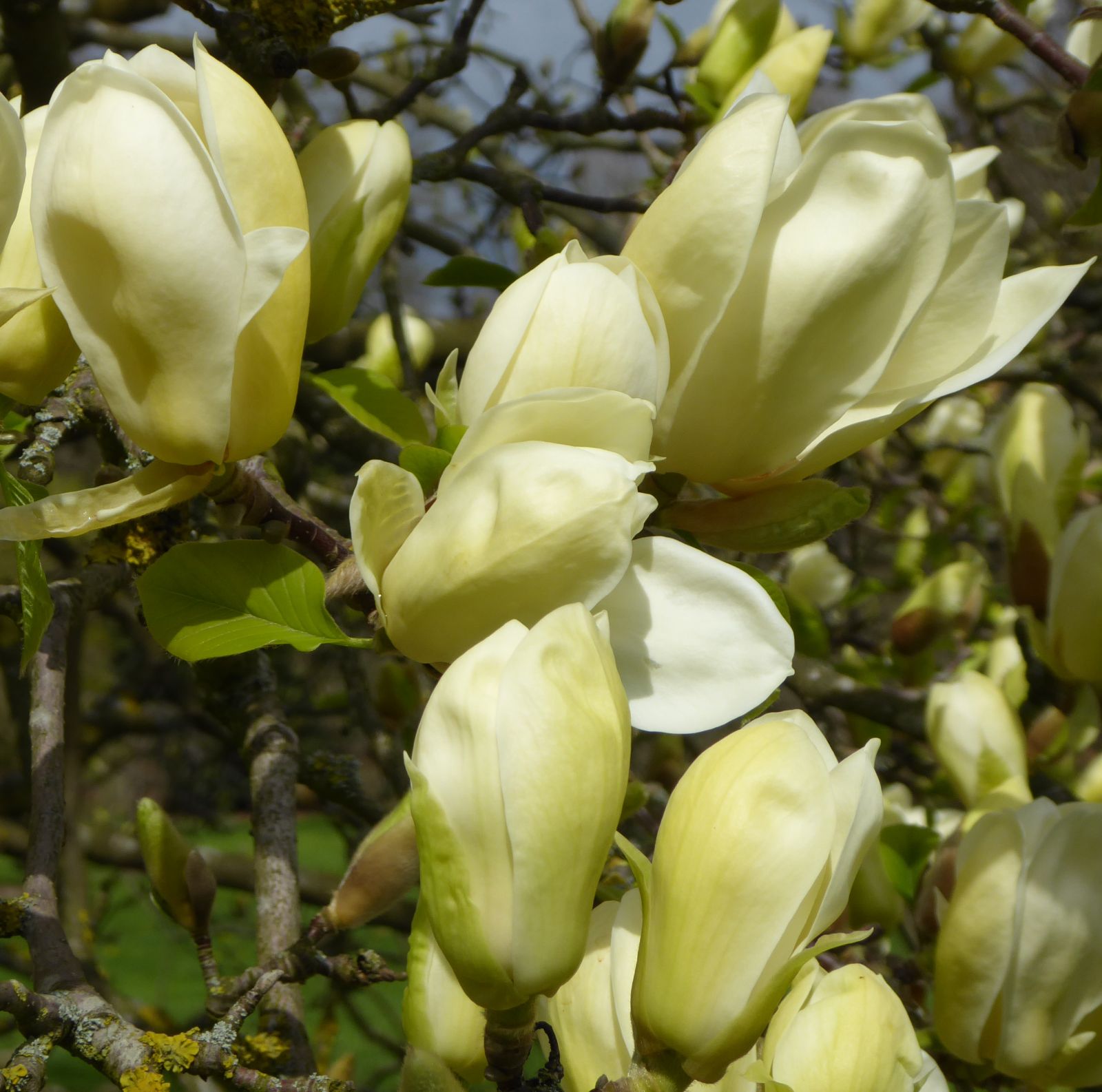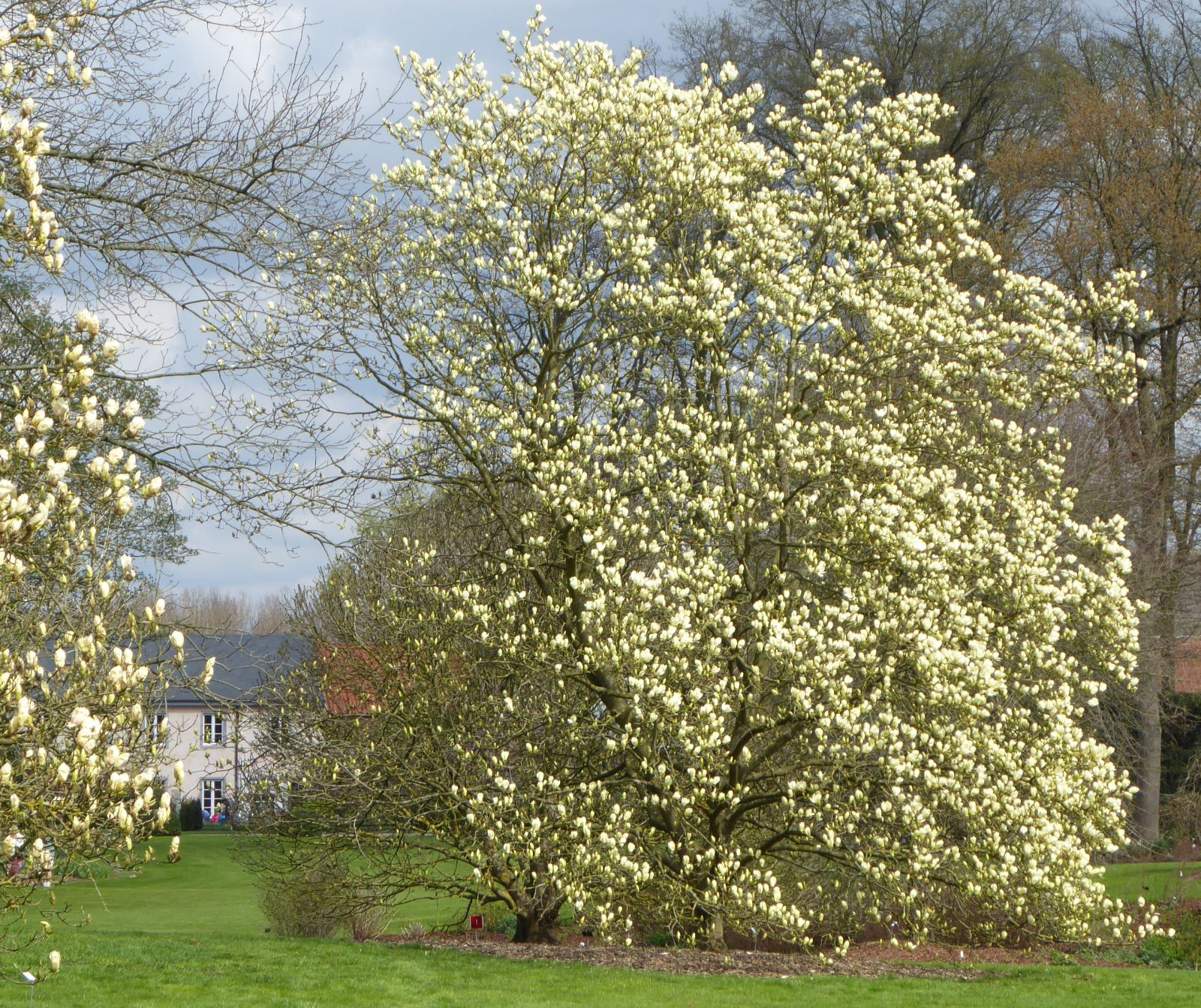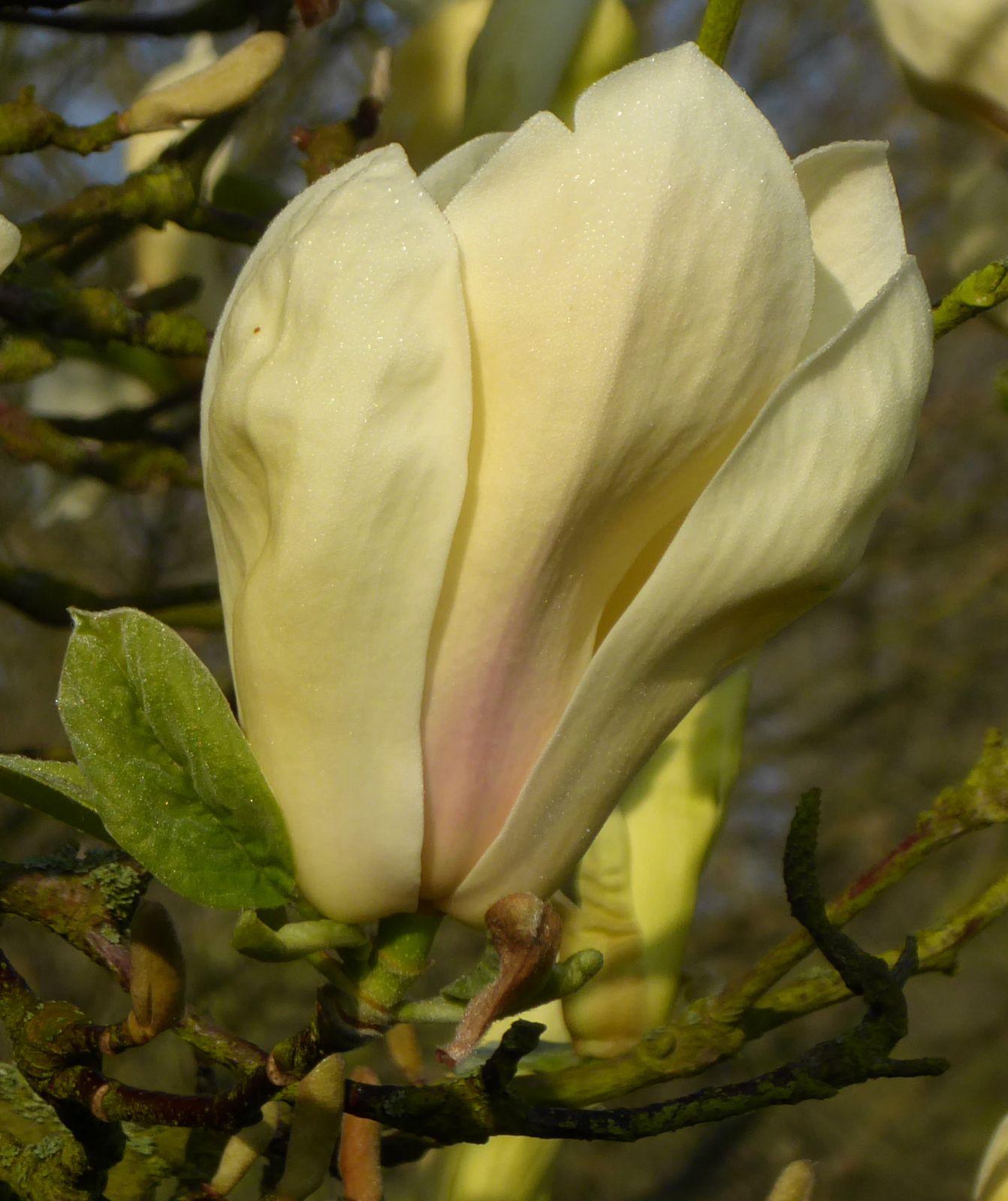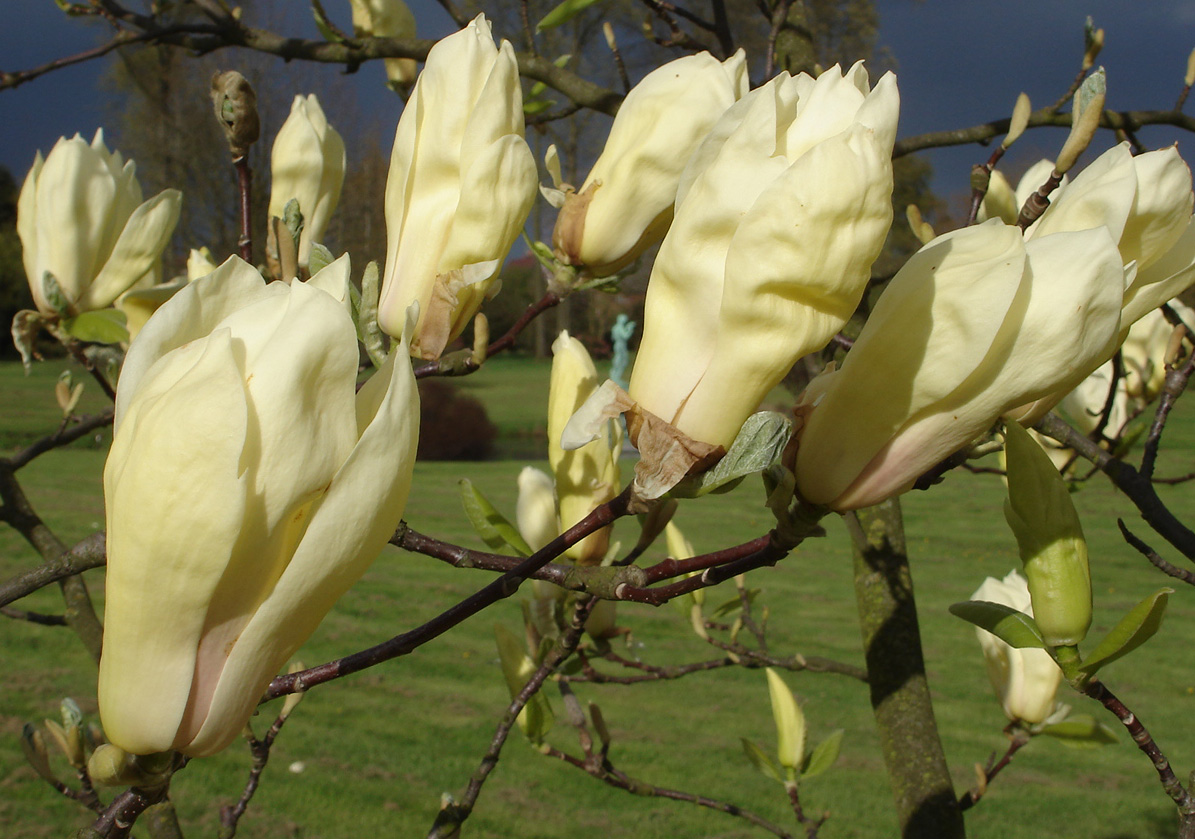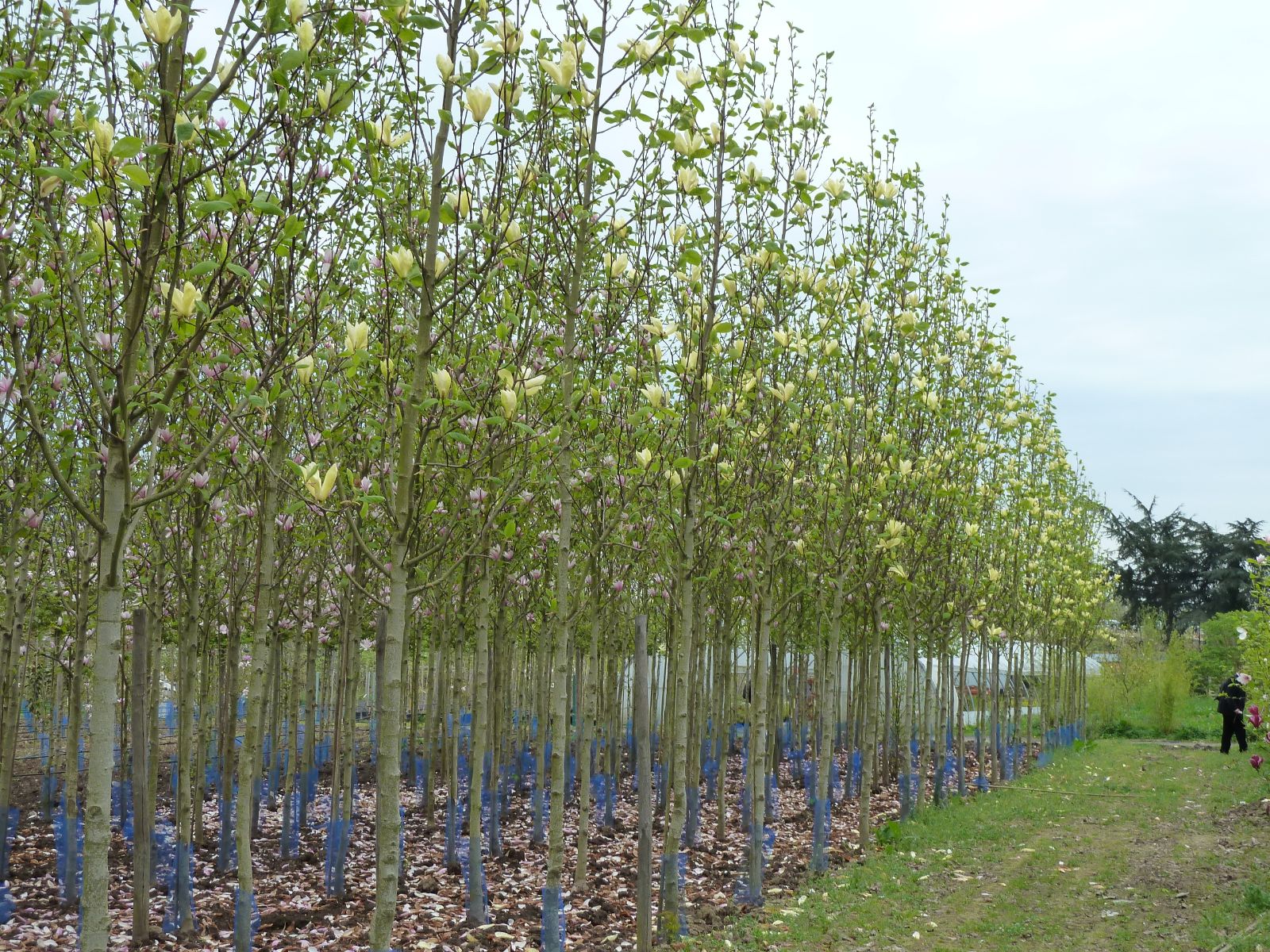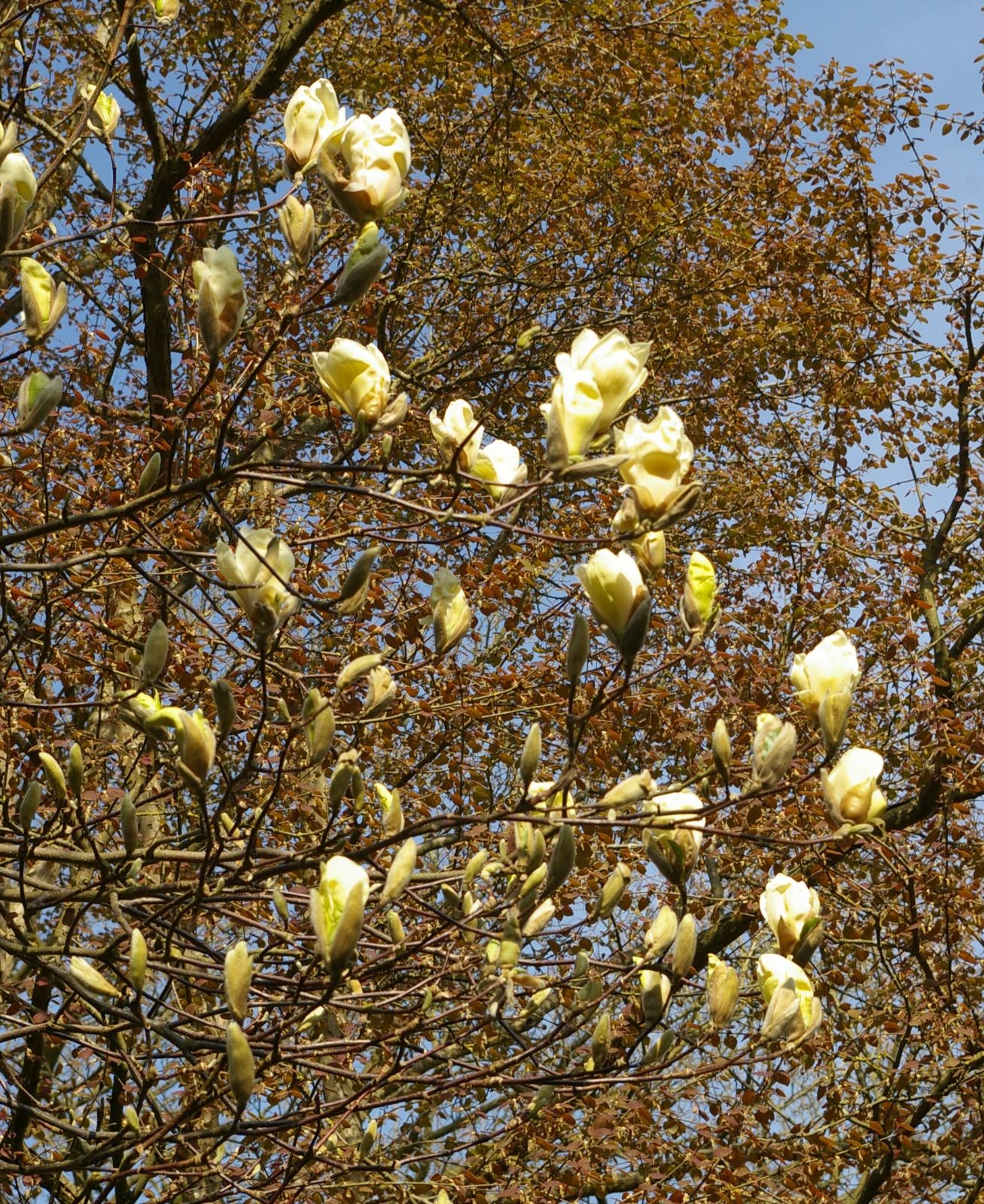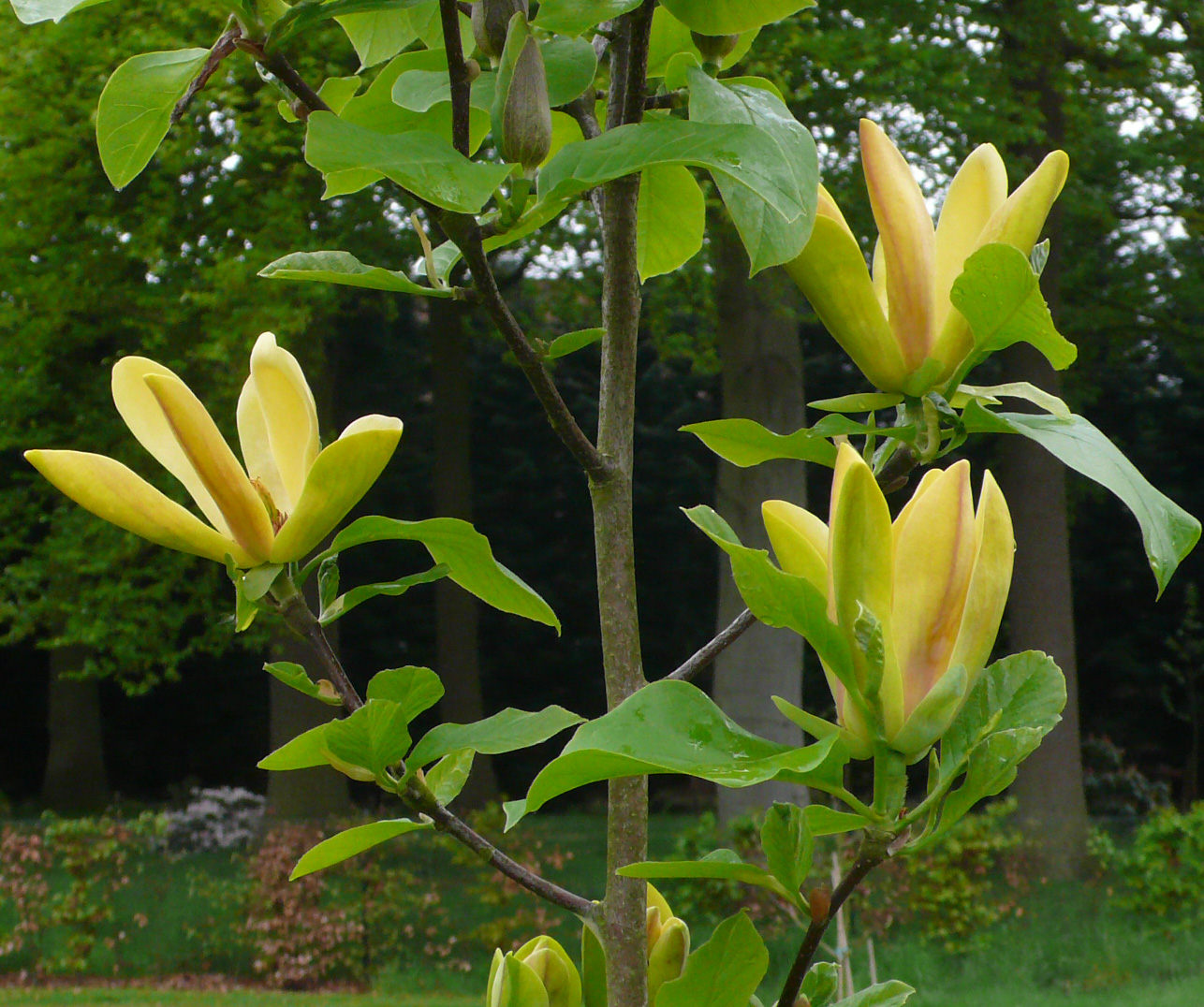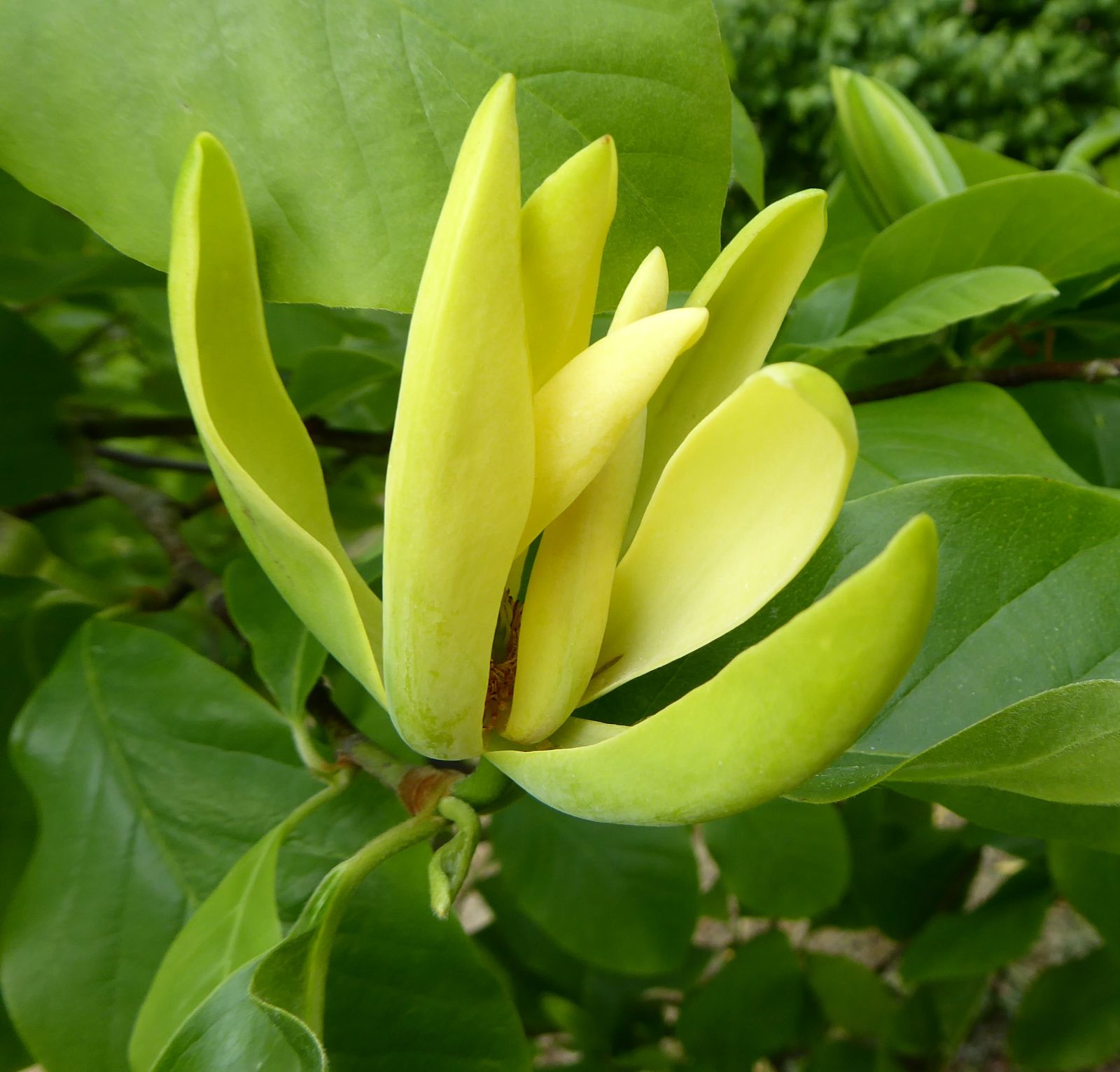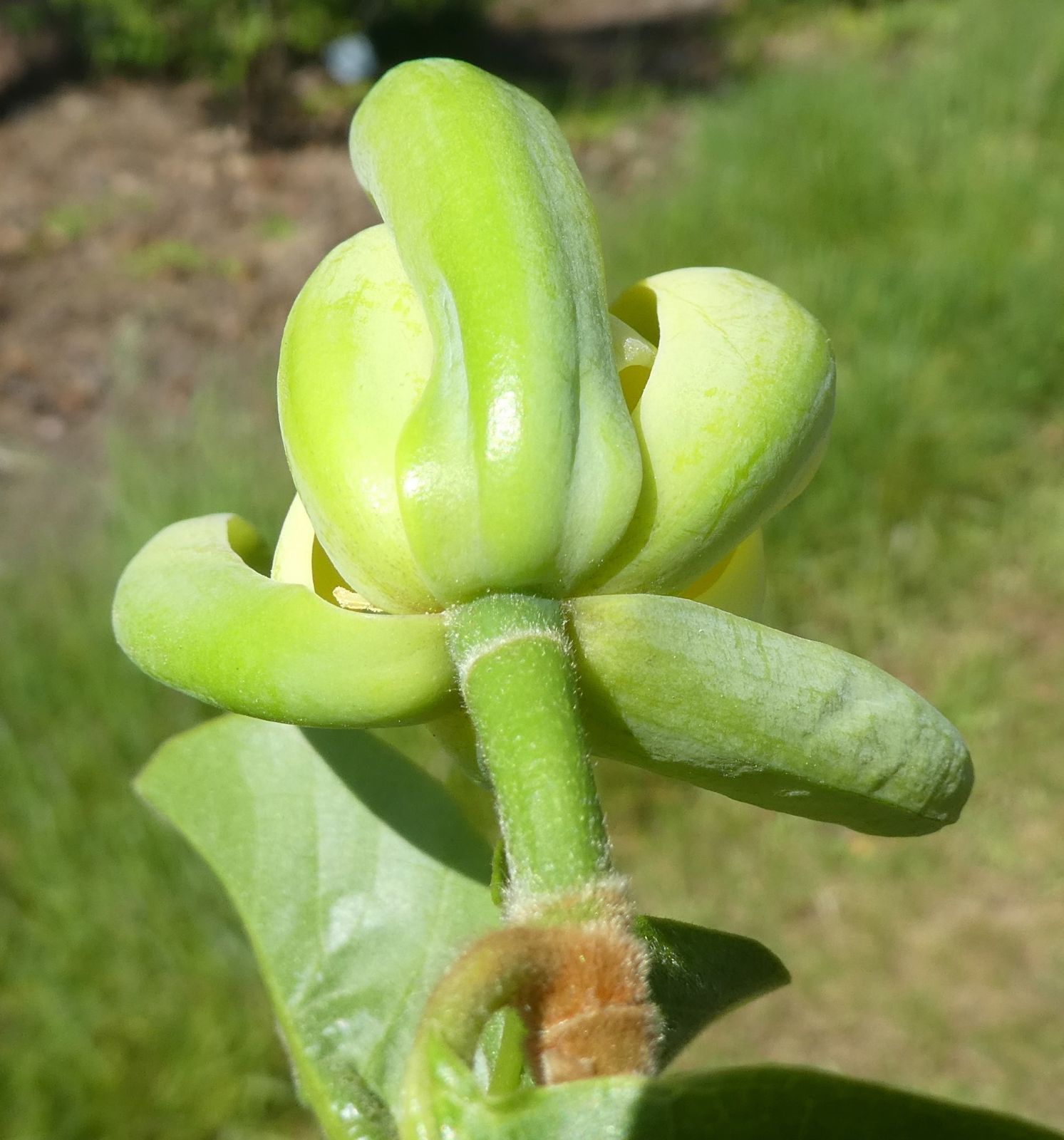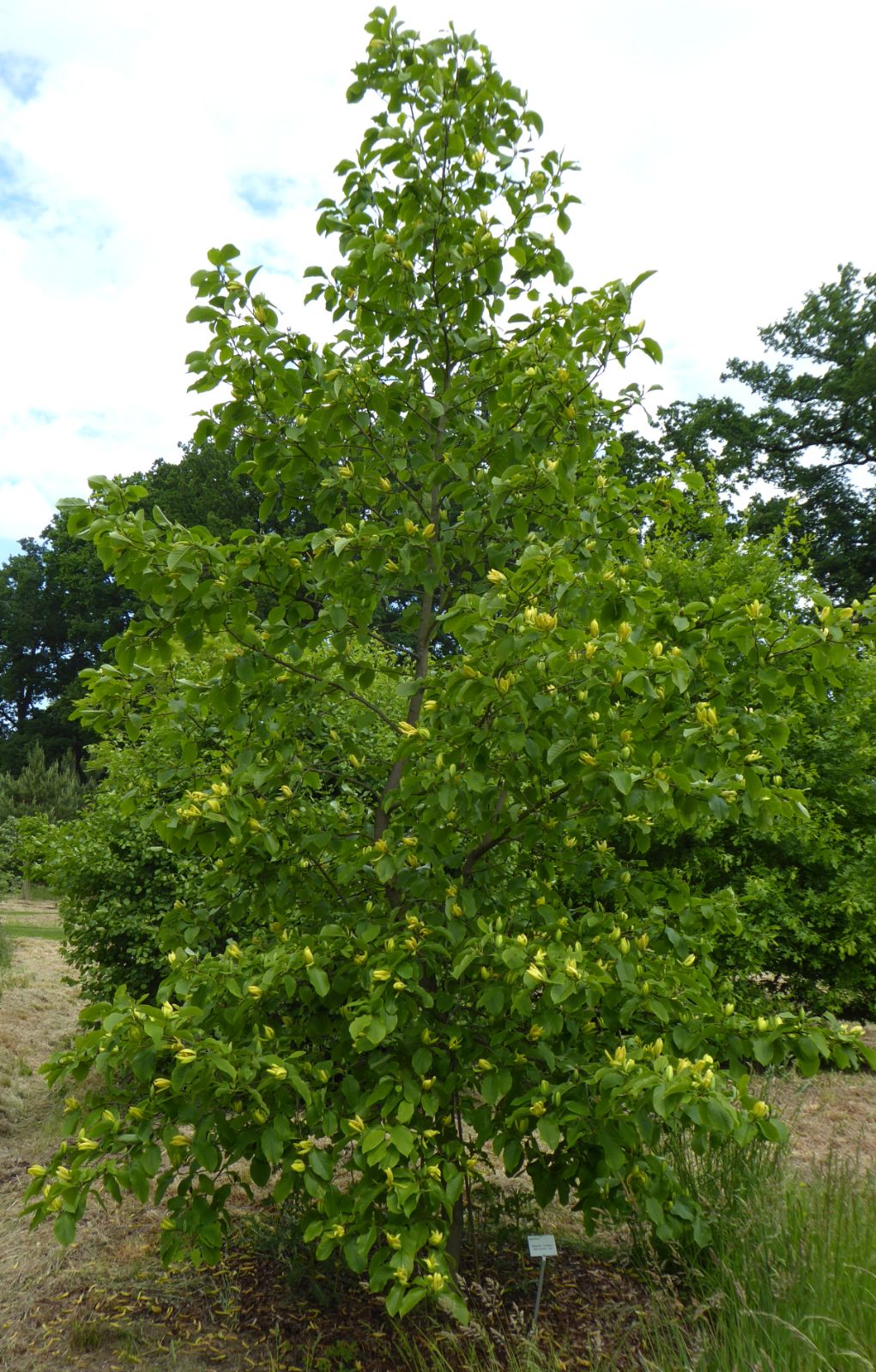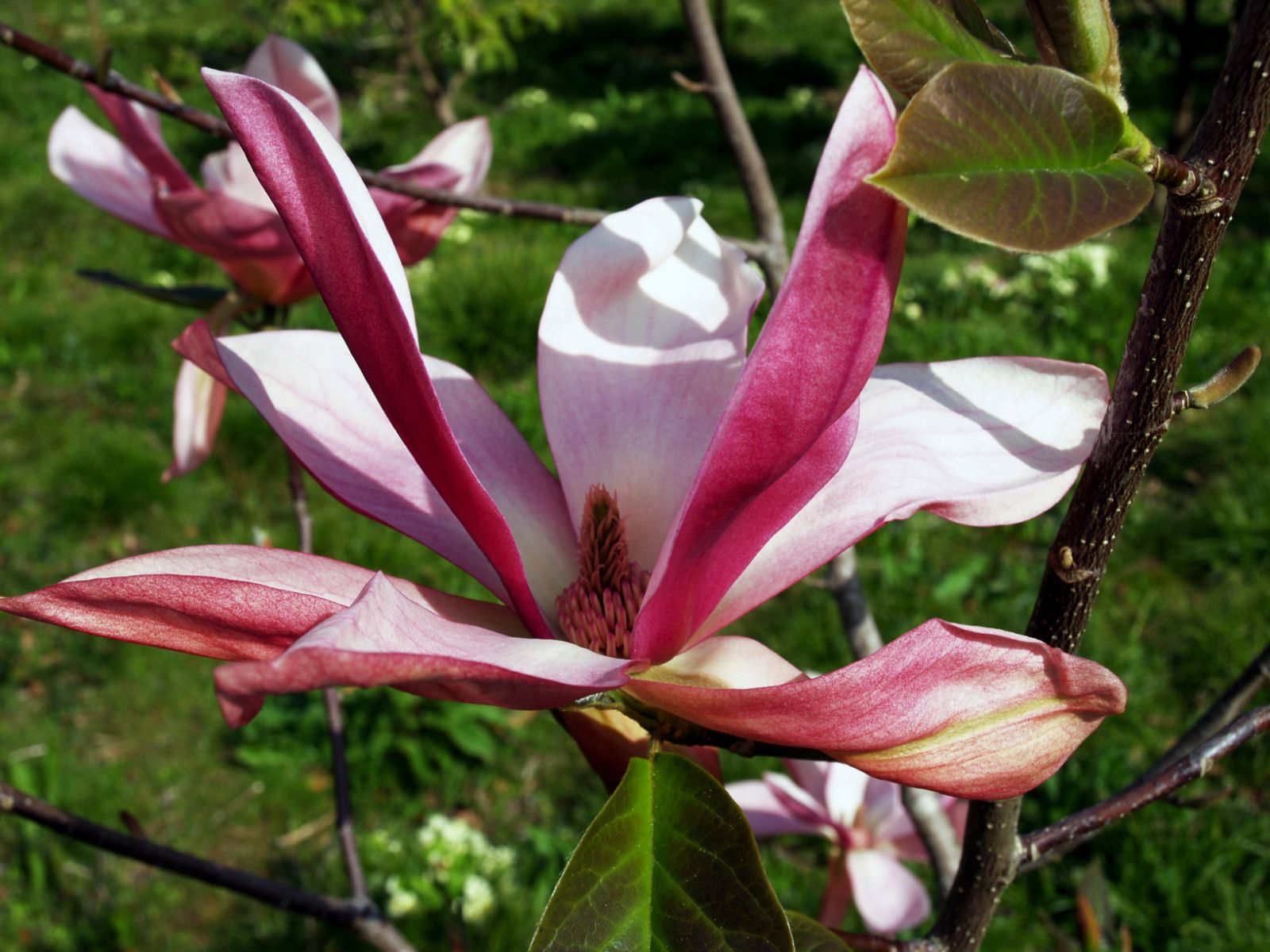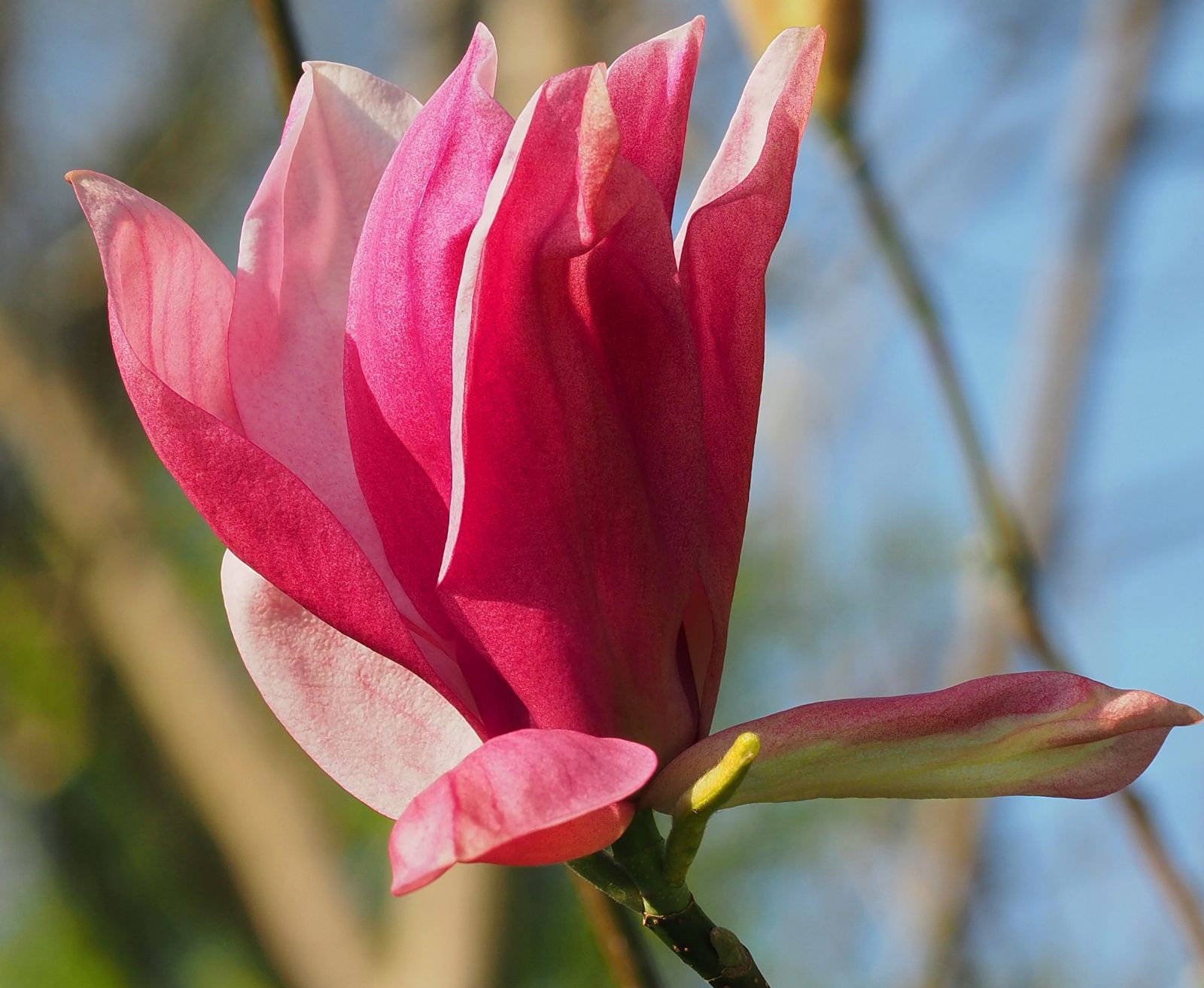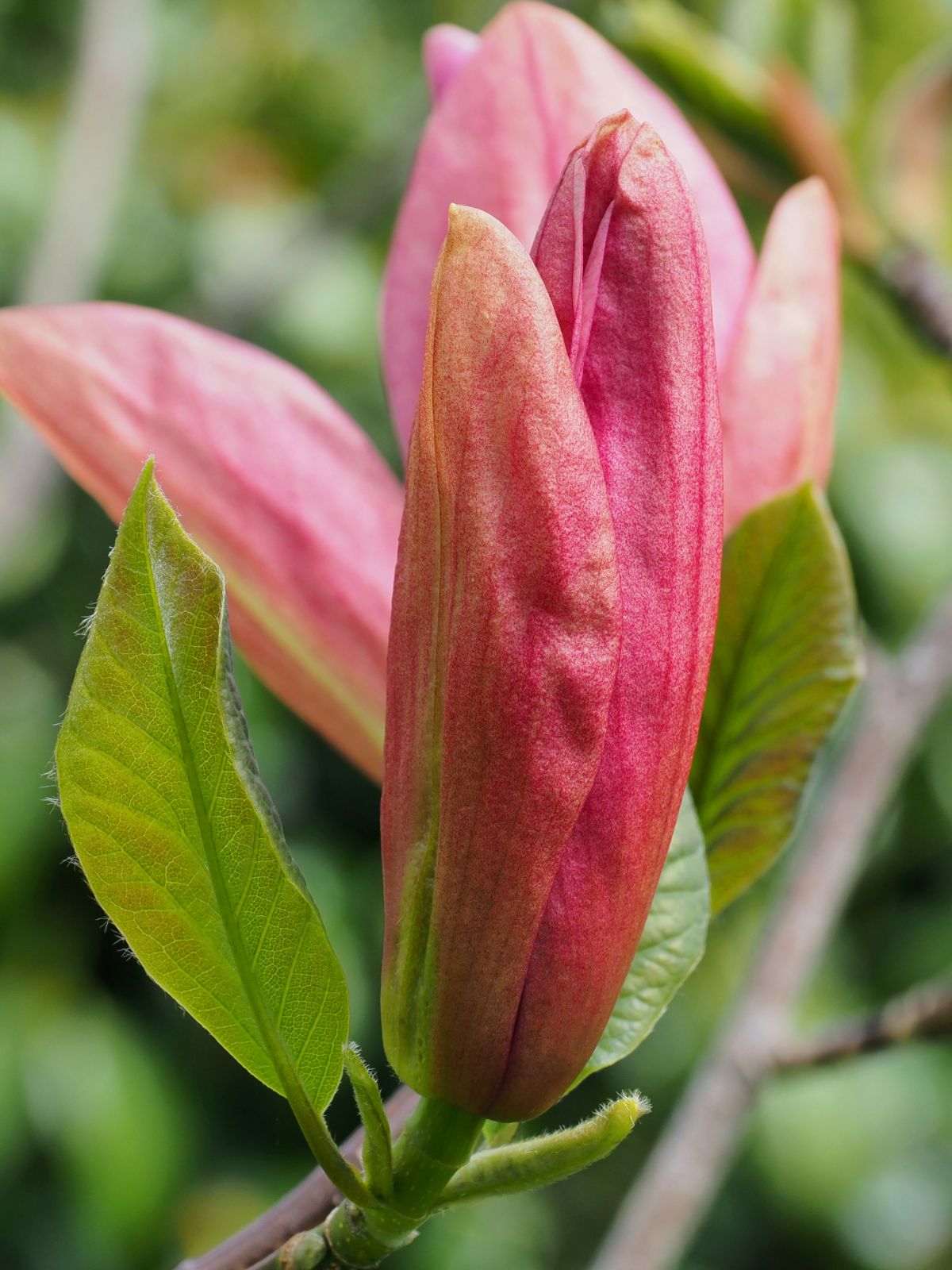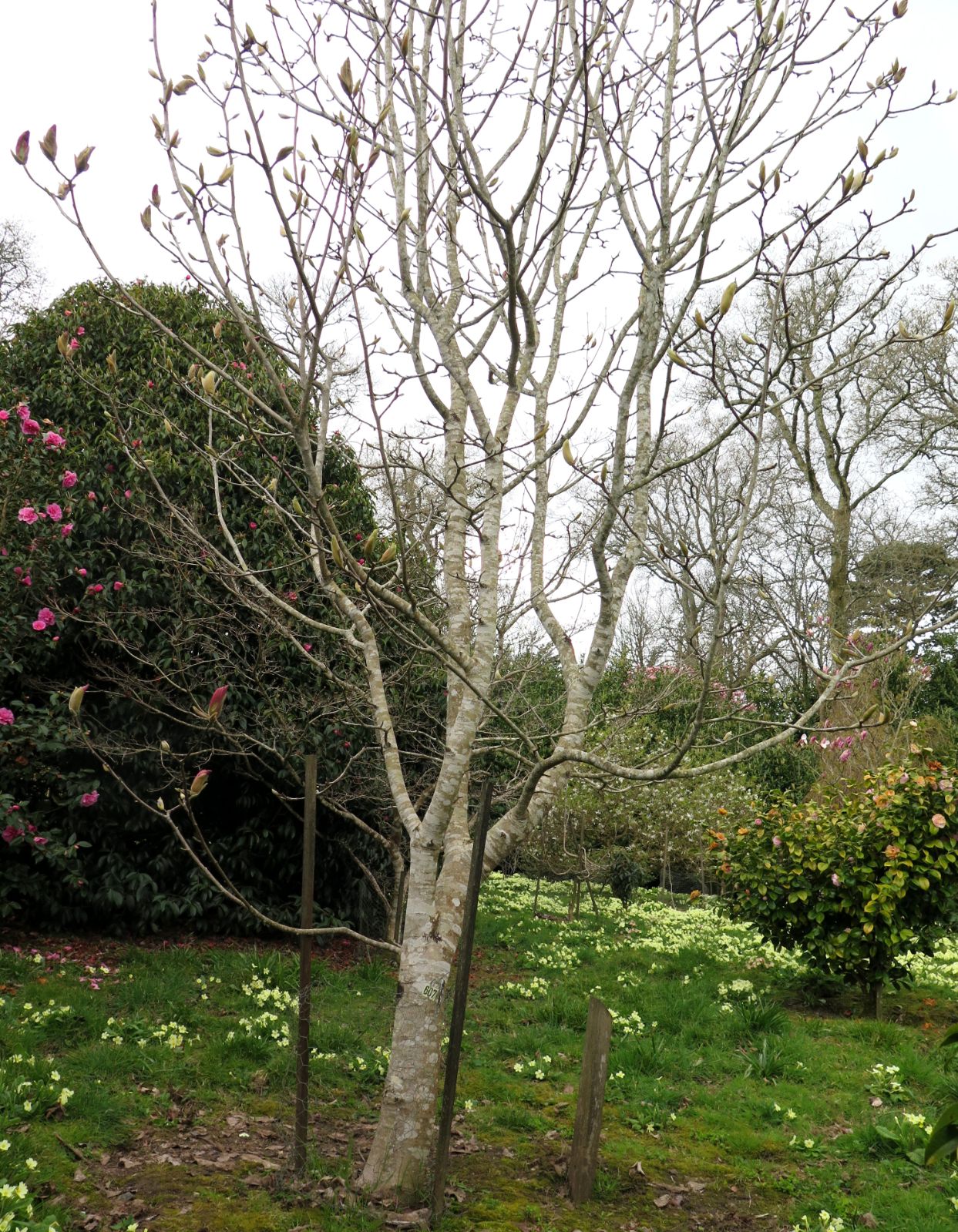Magnolia Cultivars W–Z
Sponsor
Kindly sponsored by
The Roy Overland Charitable Trust

Credits
Julian Sutton (2022)
Recommended citation
Sutton, J. (2022), 'Magnolia Cultivars W–Z' from the website Trees and Shrubs Online (treesandshrubsonline.
Genus
Infraspecifics
- 'Wada's Memory'
- 'Wada's Snow White'
- 'Wakehurst'
- 'Water Lily'
- 'Waterlily'
- WATERMELON
- 'Werrington'
- 'White Flounces'
- 'White Giant'
- 'White Rose'
- 'White Stardust'
- 'Whopper'
- 'Wildcat'
- 'William Watson'
- 'Willowwood'
- 'Wisley Stardust'
- 'Woodlawn'
- 'Woodsman'
- 'Workman'
- 'Yellow Bird'
- 'Yellow Fever'
- 'Yellow Lantern'
- YELLOW RIVER
- 'Yellow Sea'
- 'Yuchelia'
Other taxa in genus
- Magnolia acuminata
- Magnolia × alba
- Magnolia amabilis
- Magnolia amoena
- Magnolia aromatica
- Magnolia biondii
- Magnolia × brooklynensis
- Magnolia campbellii
- Magnolia cathcartii
- Magnolia cavaleriei
- Magnolia caveana
- Magnolia champaca
- Magnolia changhungtana
- Magnolia chapensis
- Magnolia compressa
- Magnolia conifera
- Magnolia Cultivars A
- Magnolia Cultivars B
- Magnolia Cultivars C
- Magnolia Cultivars D
- Magnolia Cultivars E
- Magnolia Cultivars F
- Magnolia Cultivars G
- Magnolia Cultivars H–I
- Magnolia Cultivars J
- Magnolia Cultivars K
- Magnolia Cultivars L
- Magnolia Cultivars M
- Magnolia Cultivars N–O
- Magnolia Cultivars P
- Magnolia Cultivars Q–R
- Magnolia Cultivars S
- Magnolia Cultivars T
- Magnolia Cultivars U–V
- Magnolia cylindrica
- Magnolia dandyi
- Magnolia dawsoniana
- Magnolia de Vos and Kosar hybrids
- Magnolia decidua
- Magnolia delavayi
- Magnolia denudata
- Magnolia doltsopa
- Magnolia duclouxii
- Magnolia ernestii
- Magnolia figo
- Magnolia floribunda
- Magnolia × foggii
- Magnolia fordiana
- Magnolia foveolata
- Magnolia fraseri
- Magnolia fulva
- Magnolia globosa
- Magnolia × gotoburgensis
- Magnolia grandiflora
- Magnolia grandis
- Magnolia Gresham hybrids
- Magnolia guangdongensis
- Magnolia hookeri
- Magnolia insignis
- Magnolia Jury hybrids
- Magnolia × kewensis
- Magnolia kobus
- Magnolia kwangtungensis
- Magnolia laevifolia
- Magnolia lanuginosa
- Magnolia leveilleana
- Magnolia liliiflora
- Magnolia × loebneri
- Magnolia lotungensis
- Magnolia macclurei
- Magnolia macrophylla
- Magnolia martini
- Magnolia maudiae
- Magnolia nitida
- Magnolia obovata
- Magnolia officinalis
- Magnolia opipara
- Magnolia × proctoriana
- Magnolia × pruhoniciana
- Magnolia rostrata
- Magnolia salicifolia
- Magnolia sapaensis
- Magnolia sargentiana
- Magnolia sieboldii
- Magnolia sinensis
- Magnolia sinica
- Magnolia sinostellata
- Magnolia × soulangeana
- Magnolia sprengeri
- Magnolia stellata
- Magnolia tamaulipana
- Magnolia × thomsoniana
- Magnolia tripetala
- Magnolia × veitchii
- Magnolia virginiana
- Magnolia × wieseneri
- Magnolia wilsonii
- Magnolia xinganensis
- Magnolia yunnanensis
- Magnolia yuyuanensis
- Magnolia zenii
Our primary references for cultivar information are Jim Gardiner’s (2000) ‘Magnolias: a Gardener’s Guide’ and Matt Lobdell’s (2021) register of cultivars for Magnolia Society International. Further references are cited where relevant. Other important accounts of cultivars include Dorothy Callaway’s (1994) ‘The World of Magnolias’ and (in German) Beet Heerdegen and Reto Eisenhut’s (2020) ‘Magnolien und Tulpenbäume: Magnoliaceae’. Magnolia Society International’s journal ‘Magnolia’ is an ongoing trove of information.
'Wada's Memory'
probably M. kobus × M. salicifolia
Synonyms / alternative names
Magnolia salicifolia 'Wada's Memory'
Magnolia × kewensis 'Wada's Memory'
Awards
AGM
RHS Hardiness Rating: H6
USDA Hardiness Zone: 5-8
Flowers precocious (late March to late April in S England) and profuse, to 18 cm across, pure white, fragrant; tepals ~6, initially spreading but later drooping and moving even in light winds. Leaves elliptic, to 12 cm long, flushed red on emergence. A small (rarely medium) tree of compact, conical habit, flowering from an early age, selected at the University of Washington Arboretum, Seattle, from a seedling batch received from Japanese nurseryman Koichiro Wada in 1940. Named during Wada’s lifetime, despite what the name might seem to imply. Highly rated by Philippe de Spoelberch, Belgium (pers. comm. 2021).
'Wada's Snow White'
M. denudata × M. salicifolia
Synonyms / alternative names
Magnolia 'Snow White' misapplied
RHS Hardiness Rating: H6
USDA Hardiness Zone: 6-9
Flowers precocious but late (from late April in S England), pure white and fragrant; tepals 8–9, narrow and erect. A vigorous small tree raised before 1984 by Koichiro Wada, Japan. An irregularly cream-variegated sport from it is under evaluation by Piet Vergeldt Boomkwekerij (2022)
'Wakehurst'
See Magnolia sprengeri ‘Wakehurst’.
'Water Lily'
See Magnolia stellata ‘Water Lily’ (note confusion with M. stellata ‘Waterlily’).
'Waterlily'
See Magnolia stellata ‘Waterlily’ (note confusion with M. stellata ‘Water Lily’).
WATERMELON
See Magnolia Cultivars M ‘Mgwat2011b’.
'Werrington'
See Magnolia campbellii ‘Werrington’.
'White Flounces'
See Magnolia sieboldii ‘White Flounces’.
'White Giant'
See Magnolia × soulangeana ‘White Giant’.
'White Rose'
See Magnolia × loebneri ‘White Rose’.
'White Stardust'
See Magnolia × loebneri ‘White Stardust’.
'Whopper'
See Magnolia macrophylla ‘Whopper’.
'Wildcat'
See Magnolia × loebneri ‘Wildcat’.
'William Watson'
See Magnolia × wieseneri ‘William Watson’.
'Willowwood'
See Magnolia × loebneri ‘Willowwood’.
'Wisley Stardust'
See Magnolia kobus ‘Wisley Stardust’.
'Woodlawn'
See Magnolia tripetala ‘Woodlawn’.
'Woodsman'
See Magnolia × brooklynensis ‘Woodsman’.
'Workman'
See Magnolia grandiflora ‘Workman’.
'Yellow Bird'
See Magnolia × brooklynensis ‘Yellow Bird’.
'Yellow Fever'
M. acuminata × M. denudata
RHS Hardiness Rating: H6
USDA Hardiness Zone: 5-8
Flowers just before or with the young leaves, to 20 cm across, initially yellow with a light pink flush at the base outside, fading to ivory or cream; fragrant. A small to medium tree selected by Ken Durio, LA, registered 1984 (Missouri Botanical Garden 2022). Starred as worthwhile by Philippe de Spoelberch, Belgium (pers. comm. 2021).
'Yellow Lantern'
M. acuminata var. subcordata × (M. × soulangeana 'Alexandrina')
Awards
AGM
RHS Hardiness Rating: H6
USDA Hardiness Zone: 5-9
Flowers precocious, pale lemon with faint pink basal flush; fruit abundant. A small pyramidal tree, used in street plantings in Europe and starred as worthwhile by Philippe de Spoelberch, Belgium (pers. comm. 2021). Raised before 1985 by Phil Savage, MI.
YELLOW RIVER
See Magnolia Cultivars F ‘Fei Huang’.
'Yellow Sea'
M. acuminata × M. denudata
RHS Hardiness Rating: H6
USDA Hardiness Zone: 5-9
Flowers just before or with the new leaves, yellow, tulip-shaped. A small tree, slower growing than ‘Elizabeth’ (Dirr 2009). Raised by Carl Ferris Miller at Chollipo Arboretum, S Korea, before 2000.
'Yuchelia'
A problematic name which cannot be ignored: it has been used for at least three different selections or groups claimed as hybrids between members of Sections Magnolia and Yulania (Lobdell 2021). All are deciduous. The name was first used by Phil Savage (1989), who probably did not intend it as a cultivar name. Until the situation has been resolved, we follow Lobdell (2021) in tagging them informally as follows. Ultimately, ‘Yuchelia’ should probably not be used as a cultivar name at all.
‘Yuchelia’ [1]: (M. acuminata ‘Miss Honeybee’ × M. figo) Closely resembling the M. acuminata parent, but with the outer tepals less strongly reduced; yellow inner tepals; flowers after leaf emergence. Raised by Phil Savage, MI in the 1980s, and now in collections on both sides of the Atlantic. Charles Williams notes that he would doubt that it had any input from M. figo were it not for the scent (pers. comm. 2022).
‘Yuchelia’ [2]: ((M. × soulangeana ‘Brozonnii’) × M. doltsopa) Little known and poorly documented, although at least one clone from this 1980s Phil Savage cross was sold in the 1990s as ‘Moonchimes’ by Louisiana Nurseries.
‘Yuchelia’ [3]: Flowering with or just before the new leaves, strongly scented; tepals rose-pink outside (rather resembling M. ‘Daybreak’), the tepals quickly drooping to reveal their creamy inner surfaces. Distributed on both sides of the Atlantic, and highlighted as an up-and-coming variety in Europe by Williams, Gardiner & Gallagher (2016). A triploid, probably from a Phil Savage cross between M. acuminata and M. figo made in the late 1980s, although this has sometimes been disputed due to the sharp contrast in flower colour between [1] and [3] (Lobdell 2021).

